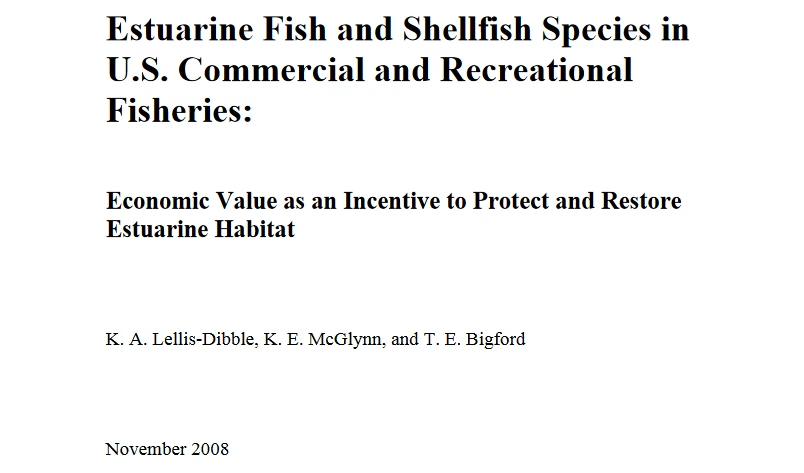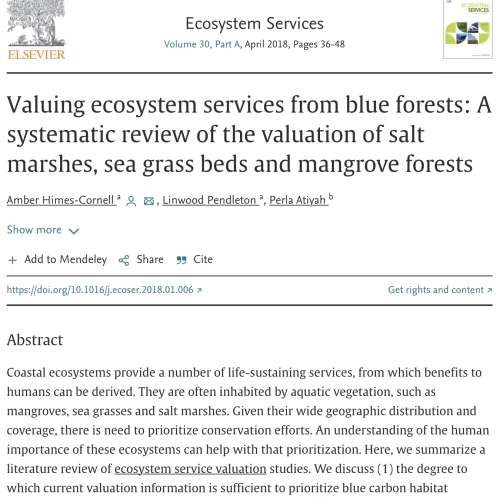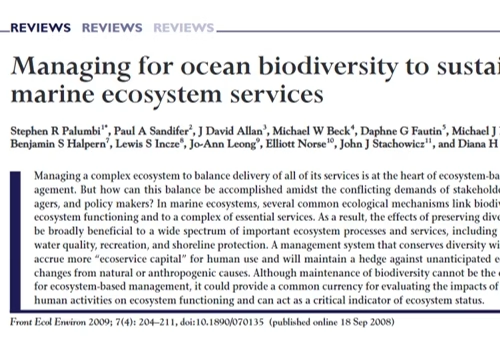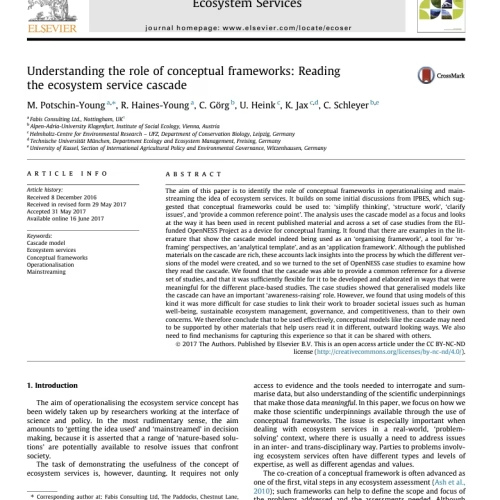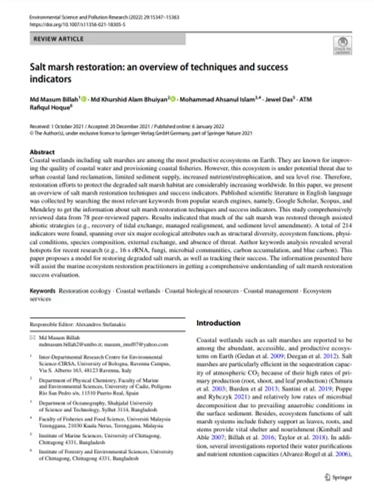Estuarine fish and shellfish species in U.S. commercial and recreational fisheries : economic value as an incentive to protect and restore estuarine habitat
kr 0,00
Description
Commercial and recreational fisheries generate billions of dollars each year for the U.S. economy. In 2006, 9.5 billion pounds of commercial catch was valued at $4.0 billion. This value is enhanced by the recreational fishing sector, whose 13 million recreational anglers caught 476 million fish in 2006, generating billions of dollars via small businesses
such as tackle shops, restaurants, and hotels (Van Voorhees and Prichard 2007).
An analysis of U.S. commercial fishery landings from 2000 through 2004 indicates that estuarine species1 comprised approximately 46% by weight and 68% by value of the commercial fish and shellfish landed nationwide. A similar analysis of U.S. recreational landings indicates that for the same time period estuarine species comprised
approximately 80% of the fish harvested nationwide. Those numbers, which are likely to be conservative given trends described in the Discussion section below, support the importance of efforts by NOAA and others to protect and restore estuarine habitats that provide the ecological basis for the majority of our nation’s commercial and recreational
fisheries. Since many of the aquatic habitat types used by estuarine species may also be found outside estuaries, the value of species that use near shore and coastal wetland habitats is thought to be comparable to the value of estuary-using species to U.S. commercial landings and recreational harvest. NOAA uses that ecological connection
and its legal mandates to focus its investment in protecting and restoring estuaries and coastal habitat. The agency’s efforts yield positive returns in fish population health, higher harvest levels, and associated socioeconomic benefits to coastal communities.

